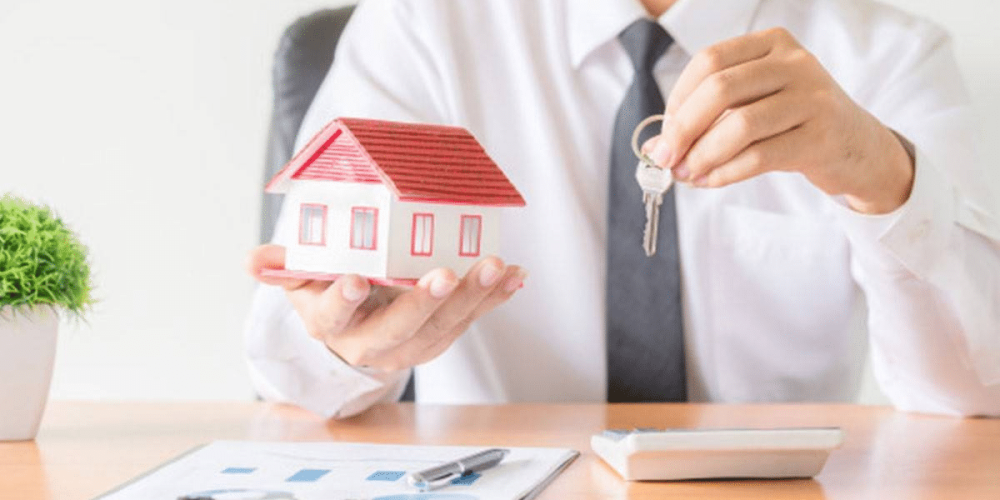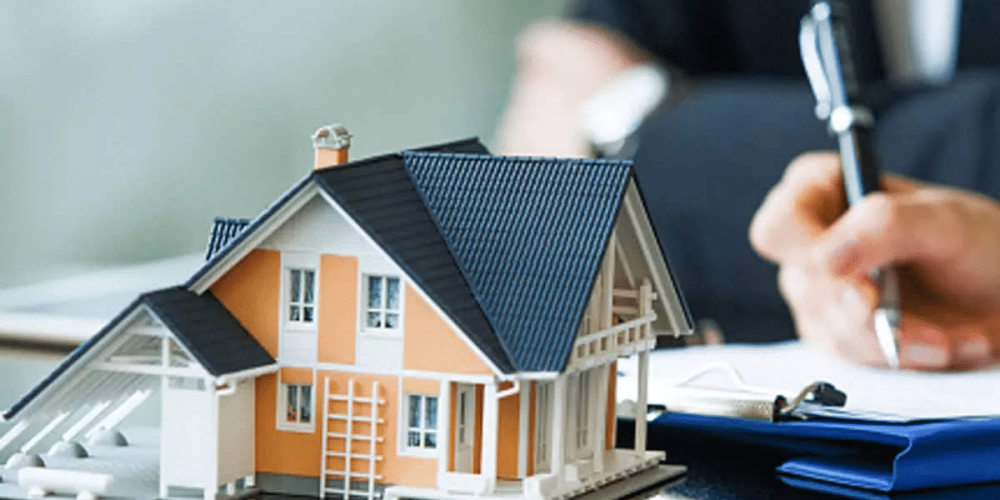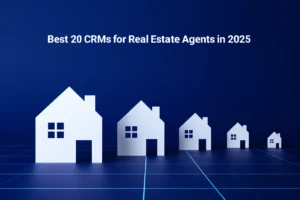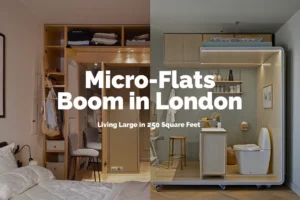Part exchange property is a type of property that can be exchanged for another property.
The first step in the process is to find a seller who wants to sell you their property. This could be an individual or a business, but it must be someone with the same type of property you want to buy.
Once you have found them, they will ask you what you are looking for in return. You will then give them a list of properties that are on your mind, and they will decide which one suits them best. They will then send over their offer, and if it is acceptable, you can sign the contract and make the exchange happen.
If this sounds like something that would interest you, then read on to find out how part exchange properties actually work in practice!

How does a part-exchange house scheme work?
What does part exchange house mean?
An exchange scheme lets you part-pay for a new house by trading in your old home. You are able to deduct the value of your existing home when you purchase a new house from the developer. If you have been thinking about moving but don’t want to go through all of the stress of selling your home, part exchange is perfect for you.
What are the conditions for a part exchange?
Anyone who is interested in buying a new build property can take advantage of part exchanging. Developers buy properties and discount the value of those properties from the price of new construction you wish to buy. A property developer benefits from this as they are guaranteed a buyer for one of their new build homes, and you benefit as you are guaranteed a hassle-free sale and a move to new build property.
Part Exchange: How does it work?
It’s the same thing as selling your house, except that the developer becomes the buyer. Following are the steps to follow.
- Explore new developments and find a house you like. See if there are part exchange opportunities.
- You will be appraised for your present home. Typically, developers will ask independent agents for two valuations, and instead of asking for a price, they expect a selling price.
- A survey will then be conducted by the developer before you receive an offer.
- As soon as you accept the offer, if you haven’t already done so, you can set up your mortgage.
- Has the property been assessed by a conveyancing solicitor?
- Provide a reservation fee if you are asked to do so by your developer.
- Contracts could be exchanged within four weeks if the assessment is successful.
- A 10% deposit may be required when you exchange contracts. A portion of this deposit will be held by your solicitor.
- You can then complete the sale with the released funds.
Getting settled in your new home
Moving into your new home is, of course, the last step. What is the average time to complete a part-exchanged house sale?
Because each developer has its own timeframe, it’s hard to give a precise estimate on how long a house will take to complete. You, however, can expect to move much faster than if you sold your house traditionally since you won’t put it on the market.
Part Exchange schemes: What are the rules? Who can take part?
There are different rules regarding part exchange according to each home developer, so be sure to check them out. If you want to exchange your old home for a new one, usually you have to do the following:
- It must be possible for you to sell the house you own.
- You should be able to sell your existing property for about 65 percent to 75% of the asking price.
- Make sure that the property is structurally sound and in good condition.
- There must be a fixed-term left on the lease if the property is leasehold, usually more than 80 years.
- Additionally, the salability and location of the property must be considered.
- Houses with flat roofs, for example, might not qualify.
Normally, part exchanges are good for homeowners who are on the move up the property ladder. They do not want the unpredictability associated with house chains. Some people find downsizing unsuitable because their homes are worth more than their new homes.

What are the benefits of part-exchanging your home?
Choosing to part exchange has its pros and cons, just like most things. If you are still unsure of which option is right for you, here are some points to consider.
Pros
- By avoiding the open market, you can save time and money
- No estate agency fees
- No unforeseeable chains
- No constant viewings
- A guarantee of sale
- Reduced stress
Cons
- Normally, you’ll get a low offer for your current house, between 5 and 10% below market value.
- If you buy a new house, discounts may not be available
- Not every property is eligible
- For discounts, your current residence must be worth 70 percent of the value of your new home.
- Long-term leases and leaseholds are less attractive
- Since the value of new homes can drop after they are moved in. The price of new homes is usually high.
There are many benefits to buying new construction, but the rooms and drives are usually smaller than older properties, and the houses are usually built closer together. Therefore, many are overlooked, suffer from insufficient parking, and can prove to be more difficult to sell later on. Mortgages can also be hard to obtain for many buyers due to their high price. In some cases, it may be more difficult to re-sell a property if the developer is still promoting similar neighbouring developments.
Conclusion: Is part exchange on the house worth it?

Part exchange is a term that refers to the value of a property. The value of the property is determined by how much the seller is willing to part with in exchange for the buyer’s property.
The question of whether it’s worth it to sell your home and buy another one has been on many people’s minds as interest rates have risen and house prices continue to soar. But what are some factors that might make this decision easier?
Part exchange offers can be an option if you want to move into a different area or if you want more space for your family, but there are certain factors that may make this decision difficult.
Frequently Asked Questions
Do you pay stamp duty on part exchange properties?
Stamp duty is a tax on the purchase of an additional property. It was introduced in the UK in 1694, and it is charged on the purchase of any second or subsequent home.
As you might be aware, when you buy a property, there is stamp duty payable on the purchase price.
However, if you happen to buy your first home and then sell it, no stamp duty will be payable as long as you have owned it for at least two years.
How do you qualify for part-exchange houses?
If you are looking for a part exchange house, it is important to know what the criteria are for being qualified. There is a lot of information on the internet about which car brands and models qualify. However, there isn’t much information on what makes a car eligible for a part exchange.
The criteria include:
– The vehicle must not have been damaged by fire or flood;
– The vehicle must not have been stolen;
– The vehicle must be roadworthy and mechanically sound;
– The value of the vehicle should be less than £5,000; and
– If the vehicle is no longer registered, it should be in good condition with all its original parts.
Do you still need a deposit with part exchange?
Part exchange is a way of selling your old car and buying a new one. You can sell your car privately or to a dealership.
Some people might be wondering whether they still need to make a deposit when they purchase a car with part exchange. The answer is yes. You do still need to make the deposit.





